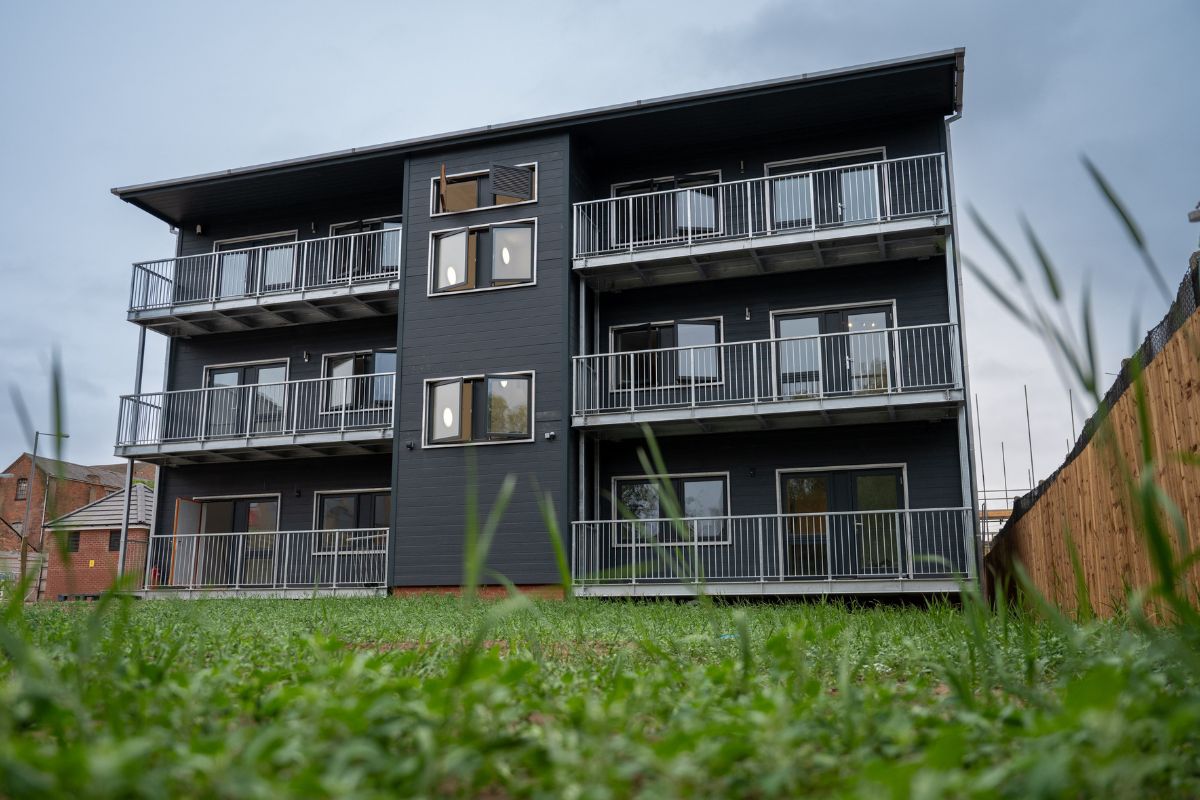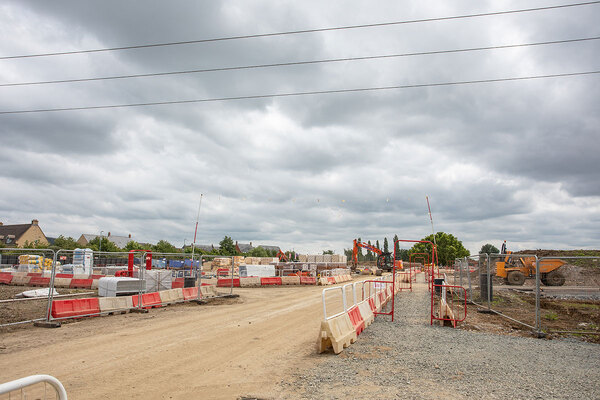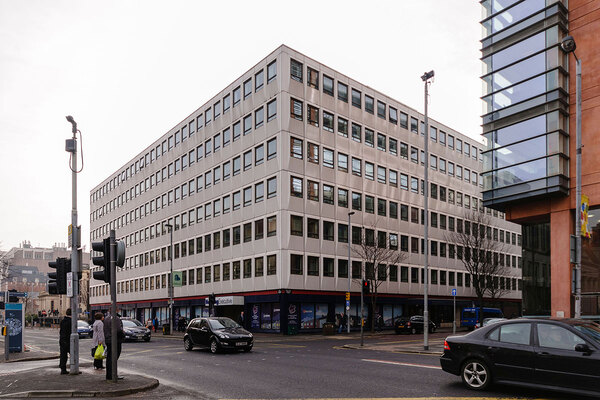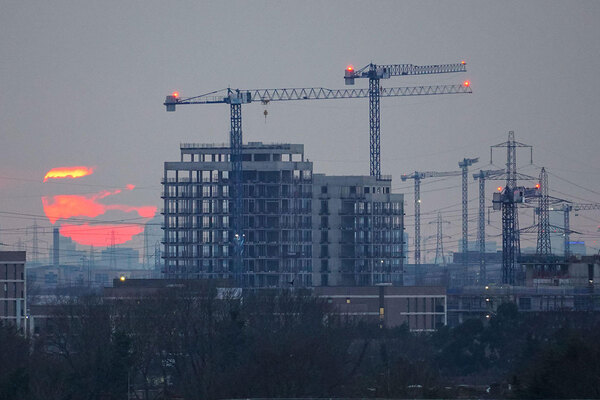Estimate suggests changes to NPPF will lead to around 17,500 fewer affordable homes a year
New research suggests that changes to the National Planning Policy Framework (NPPF) will result in the delivery of around 17,500 fewer affordable homes per year.

Alongside the estimate by Lichfields, the planning and development consultancy, a number of sector professionals have weighed in with their concerns about the changes, which they believe will restrict and reduce affordable housing across the country.
Ben Simpson, planning director at Lichfields, explained his firm’s recent piece of research had found that changes to the NPPF will suppress the rate of housing delivery from 233,000 per year to 156,000 per year – a drop of 77,000.
Of that figure, around 17,500 are affordable homes. Mr Simpson said this would “exacerbate the current housing crisis and result in an increase in the number of concealed households, as well as homelessness”.
He added: “The delivery of affordable homes in this country is tied closely to the delivery of ‘open market’ homes. This is because the principal method of delivery of affordable homes is via Section 106 agreements that secure a percentage of permitted homes on a site as affordable.
“This reduction in overall delivery of homes is attributable to a number of factors, including the proposed guidance on density which, if confirmed, would lead to significantly reduced yields from sites, including within London and other cities where higher densities have previously allowed for greater levels of development.
“The proposal to encourage local planning authorities not to release green belt [sites] in order to deliver housing will also have a significant effect if it is confirmed in final guidance.”
David Bainbridge, a planning director at Savills, was concerned about the proposed changes to land supply and local plans.
“The consultation changes to the NPPF have the potential to bring in place national-level planning policy which will restrict the ability to secure planning permission for residential development where the site is not already allocated in a local plan for development. This will restrict delivery of market housing and affordable housing,” he said.
“The consultation changes propose to remove the ability for planning permission to be granted under the NPPF presumption in favour of sustainable development where there is insufficient housing land supply.
“This is where a local plan has been adopted in the last five years. This means that housing land supply could falter – fall below five years – within the early years of the plan being adopted, and yet there would not be a ‘tilted balance’ in favour of bringing forward sustainable sites for housing which are not already allocated.”
Mr Bainbridge said that even if a local plan was older than five years, the requirement to demonstrate a five-year supply of housing land could be removed for a temporary period of two years, if the local planning authority had reached a certain stage of plan-making.
He added: “There are plenty of examples of new housing on sites that were not allocated for development for whatever reason, which have delivered market and affordable housing because they were considered under a planning application or under a planning appeal to be sustainable development. This source of housing land will be severely reduced if the consultation changes go ahead.”
Richard Cook, group director of development at Clarion, said: “The proposed changes to the NPPF are likely to limit rather than stimulate housing delivery, including affordable housing. We are already seeing this with a number of councils’ local plans being stalled and potential sites not being chosen due to the uncertainty of housing targets. This will inevitably impact the delivery of new housing.”
Melanie Leech, chief executive at the British Property Federation, said the proposed reforms would create more delays and obstacles to development at a time when market conditions were already very challenging.
“The proposed changes to how local authorities assess housing need will create less urgency rather than more, and if fewer homes are delivered, it follows that less land will be allocated for employment uses.
“In order to create communities that are truly sustainable, we need a planning framework that strikes the right balance between addressing housing need at the local level and enabling a national strategic approach to employment space and infrastructure,” she said.
The uncertainty around the impact of the NPPF proposals come as the government announced plans at the end of last month to increase planning fees by as much as 35% at the same time as improving the performance of local planning authorities.
As part of this eight-week consultation, the government identified 10 proposals it would like to hear views on, including an increase in planning fees by 35% for major applications and 25% for all other applications.
Other proposals include making an annual inflation-related adjustment to planning fees, ringfencing additional fees income, and doubling fees for retrospective applications.
Sign up for our development and finance newsletter
Already have an account? Click here to manage your newsletters











